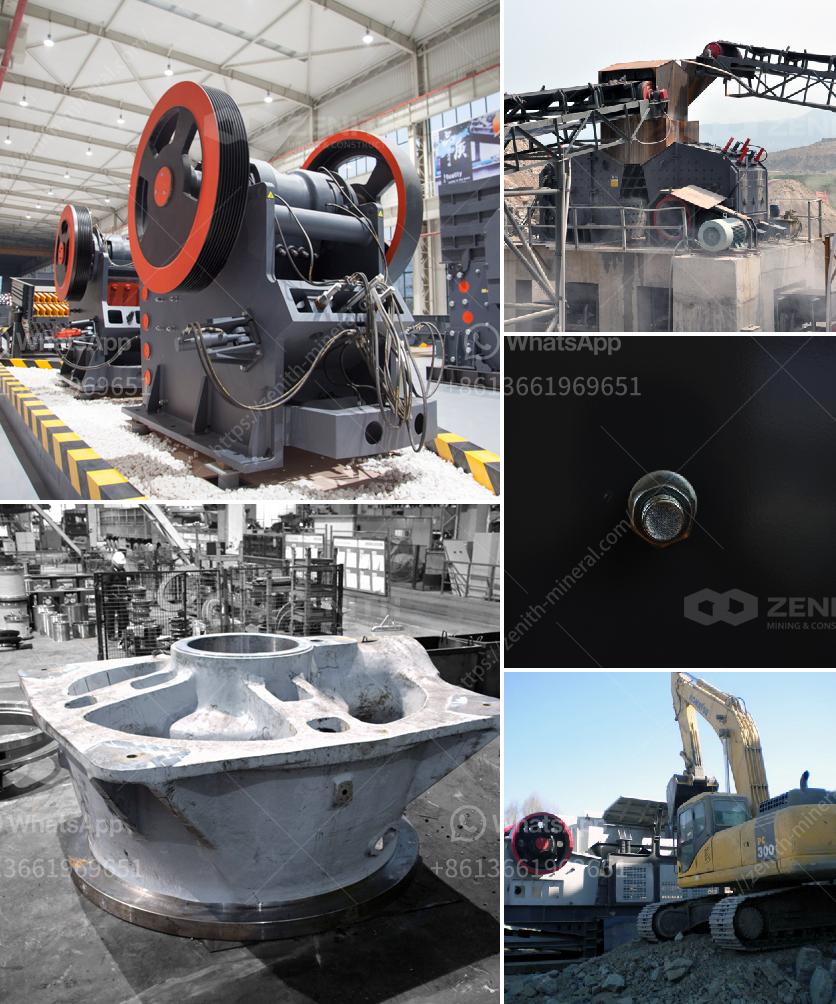Planning and developing a small mine is a complex process that involves several stages, each requiring careful consideration and expertise. Here’s a detailed guide to help you understand the steps involved:
1. Preliminary Research and Feasibility Study
a. Geological Survey
- Conduct a geological survey to identify the mineral deposits.
- Use methods like remote sensing, geophysical surveys, and drilling to gather data.
b. Resource Estimation
- Estimate the quantity and quality of the mineral resources.
- Use software tools for resource modeling and estimation.
c. Feasibility Study
- Perform a preliminary economic assessment to determine the viability of the project.
- Consider factors like market demand, commodity prices, and potential profitability.
2. Legal and Regulatory Compliance
a. Permits and Licenses
- Obtain the necessary permits and licenses from local, regional, and national authorities.
- Ensure compliance with environmental regulations and land use policies.
b. Environmental Impact Assessment (EIA)
- Conduct an EIA to understand the potential environmental impacts of the mining project.
- Develop a mitigation plan to address any adverse effects.
3. Mine Design and Planning
a. Mine Layout
- Design the mine layout, including the location of shafts, tunnels, and processing facilities.
- Consider factors like ore body geometry, ground conditions, and safety.
b. Mining Method Selection
- Choose an appropriate mining method (e.g., open-pit, underground) based on the deposit characteristics.
- Evaluate the pros and cons of each method in terms of cost, safety, and environmental impact.
c. Infrastructure Development
- Plan the development of infrastructure such as roads, power supply, water supply, and waste management systems.
- Ensure that the infrastructure supports efficient and safe mining operations.
4. Financial Planning and Investment
a. Capital Expenditure (CapEx)
- Estimate the initial capital investment required for mine development.
- Include costs for equipment, infrastructure, and initial operational setup.
b. Operational Expenditure (OpEx)
- Estimate the ongoing operational costs, including labor, maintenance, and consumables.
- Develop a financial model to project cash flows and profitability.
c. Funding and Investment
- Secure funding from investors, banks, or financial institutions.
- Present a detailed business plan and financial projections to potential investors.
5. Construction and Development
a. Site Preparation
- Clear the site and prepare the ground for construction.
- Set up temporary facilities for workers and equipment.
b. Construction of Facilities
- Build the necessary infrastructure, including processing plants, storage facilities, and administrative buildings.
- Ensure that construction adheres to safety and environmental standards.
c. Equipment Installation
- Procure and install mining equipment, such as drills, loaders, and crushers.
- Conduct testing and commissioning to ensure that all equipment is operational.
6. Operational Phase
a. Mining Operations
- Begin extraction of the mineral resources according to the mine plan.
- Implement efficient and safe mining practices to maximize productivity.
b. Processing and Refining
- Process the extracted ore to separate valuable minerals from waste material.
- Use appropriate refining techniques to produce marketable products.
c. Waste Management
- Manage waste materials, including tailings and overburden, in an environmentally responsible manner.
- Implement measures to minimize environmental impact and ensure compliance with regulations.
7. Monitoring and Evaluation
a. Performance Monitoring
- Continuously monitor the performance of mining operations.
- Use key performance indicators (KPIs) to track productivity, safety, and environmental impact.
b. Regular Audits
- Conduct regular audits to ensure compliance with legal and regulatory requirements.
- Address any issues identified during audits promptly.
c. Community Engagement
- Engage with local communities to address their concerns and ensure that the mining project benefits them.
- Implement social responsibility programs to support community development.
8. Closure and Rehabilitation
a. Mine Closure Plan
- Develop a comprehensive mine closure plan that outlines the steps for decommissioning the mine.
- Ensure that the plan addresses environmental restoration and land reclamation.
b. Rehabilitation
- Implement rehabilitation measures to restore the site to its natural state or an agreed-upon post-mining land use.
- Monitor the site post-closure to ensure that rehabilitation efforts are successful.
c. Post-Closure Monitoring
- Continue monitoring the site for any environmental or safety issues.
- Address any post-closure issues promptly to prevent long-term impacts.
By following these detailed steps, you can plan and develop a small mine effectively, ensuring that the project is economically viable, environmentally responsible, and socially beneficial.

